Log in or create new account to save this product to your wishlist.
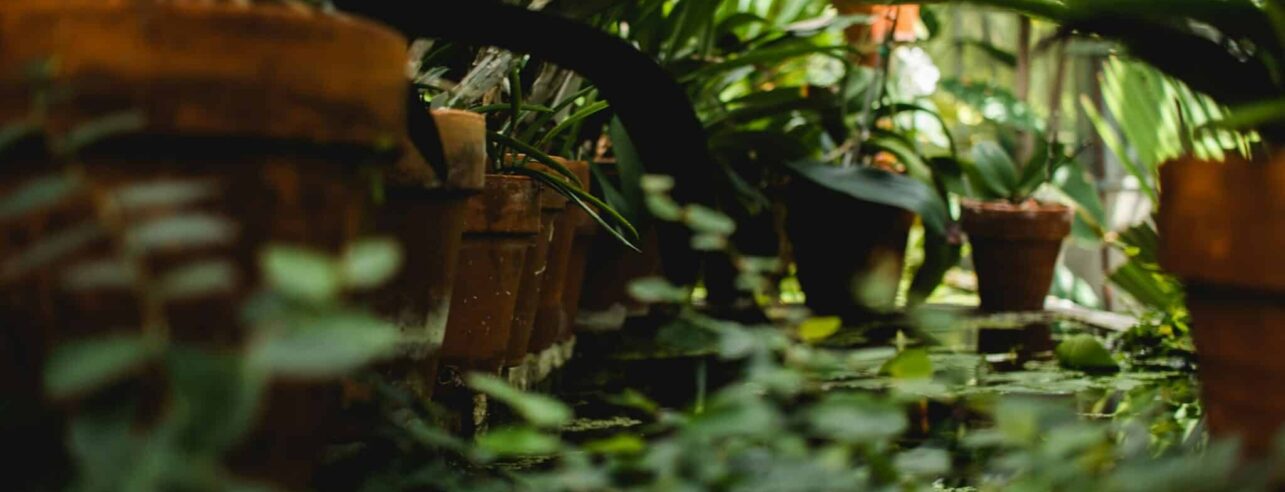
A Simple Guide to Choosing Indoor Plant Substrates
Boost your indoor plants' health with the right plant substrate. Learn how to select the best mix for optimal drainage, aeration, and growth.
🌱 All important maintenance moments for your lawn during the year. Leave your email and we will send you the lawn calendar for free.
Enter your email
Receive the lawn calendar in the mail
Enjoy a green lawn all year round!

- Order by 2PM = shipped today
- 250.000+ satisfied customers!
- 60 day satisfaction guarantee
Picking the right soil for your indoor plants is key to keeping them happy and healthy. Whether you’re new to the plant world or already a proud plant parent, knowing which substrate to use can make a huge difference. In this guide, we’ll break down the basics of indoor plant substrates.
By the end, you’ll have all the know-how to create a great growing environment for your leafy friends.
What makes up a good indoor plant substrate?
A quality indoor potting mix is a blend of organic and inorganic materials designed to give your plants the best chance to grow well in containers. The right mix provides proper water retention, aeration, and nutrients.
Here’s a breakdown of the main ingredients you’ll often find in a good indoor mix:
Organic materials:
Peat moss or coir: Both of these help hold onto water while keeping the soil light and airy.
Compost or organic matter: This delivers essential nutrients and supports healthy microbes, which help break down organic material into a form plants can use.
Inorganic Materials:
Perlite: A volcanic mineral that helps with aeration and drainage, preventing the soil from becoming too compacted.
Vermiculite: Another mineral that retains moisture and nutrients, slowly releasing them to the plant’s roots over time.
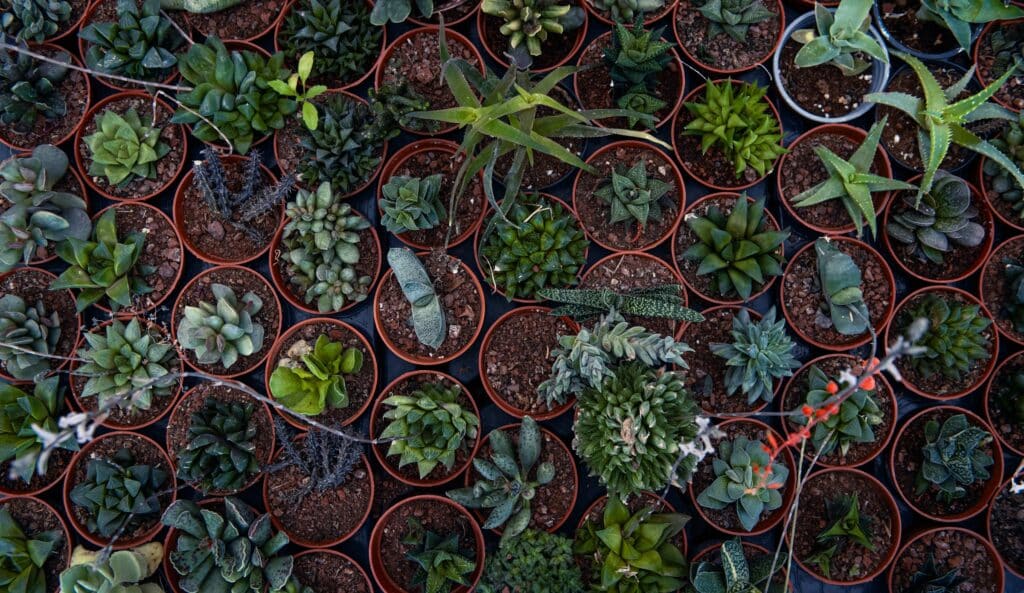
Soil Additives:
Fertilisers: Some mixes come with slow-release fertilisers, offering a steady supply of nutrients.
Bark or pine fines: Often included to improve drainage and structure, particularly for plants like orchids.
how to choose the right substrate for your plants
Different plants have different needs, so picking the right soil mix for each one is important. For example, tropical plants usually prefer soil that retains moisture, while desert plants like cacti and succulents need well-draining mixes to prevent waterlogging.
Your watering habits also play a role. If you’re someone who tends to water less often, look for a mix with good moisture retention. If you’re worried about overwatering, or have plants that prefer dry conditions, go for a mix with excellent drainage.
It’s also worth thinking about the environment in your home. Plants in sunny, dry rooms may need a soil mix that keeps some moisture while still allowing the roots to breathe. Adding organic matter helps keep your plants well-fed, while components like perlite or coarse sand help with drainage and aeration, making sure the roots have plenty of air.
popular indoor plant mixes
There are several popular soil mixes out there, and choosing the right one depends on the specific needs of your plants.
A general mix for many houseplants might include:
- 50% potting soil
- 25% perlite
- 12.5% peat moss
- 12.5% vermiculite
This combination provides a nice balance of water retention and aeration. Perlite ensures the soil doesn’t become compacted, while peat moss helps keep moisture levels stable. Vermiculite further aids in aeration and moisture control.
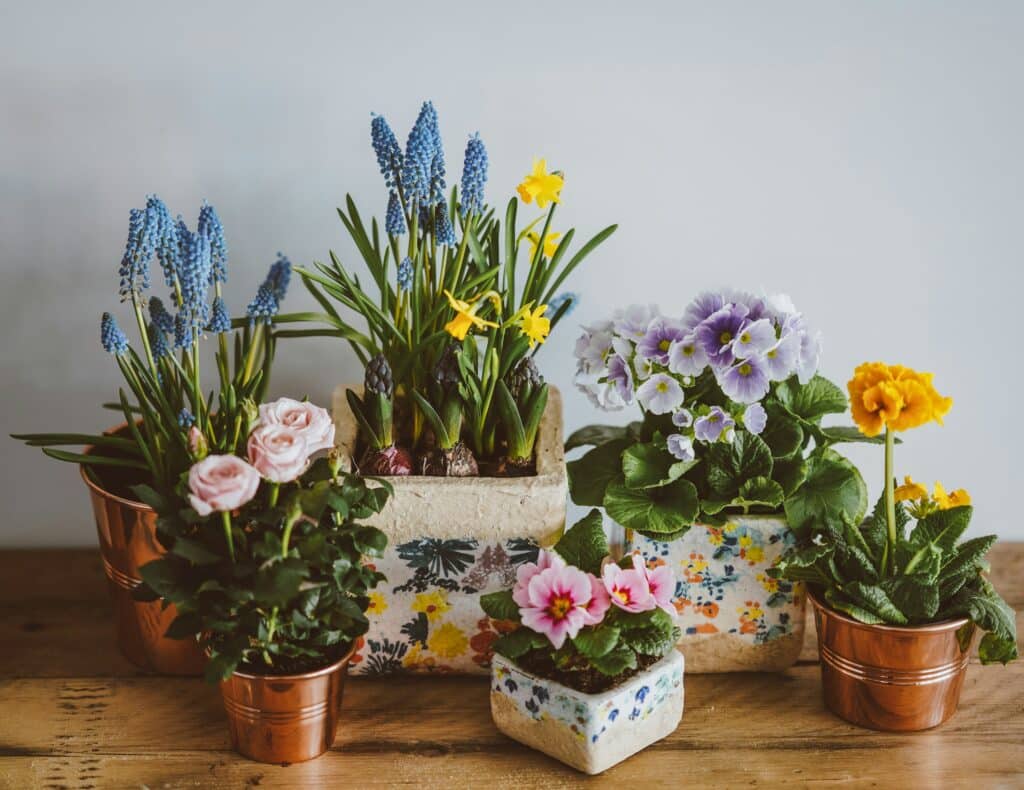
For cacti and succulents, you’ll want a different approach. These plants thrive in well-draining soil, so a mix with coarse sand and extra perlite or pumice works best, ensuring that water doesn’t sit around the roots and cause rot.
wrapping it up
The substrate you choose for your indoor plants has a big effect on their health and growth. The perfect soil offers the right balance of nutrients, moisture, and drainage. By understanding the key ingredients in a potting mix and considering your plant’s specific needs, you can create an ideal growing environment.
Different plants have different preferences, so tailor your soil choice to match. With the tips in this guide, you’re all set to pick the right substrate for your green companions.
Happy planting!
-
Zero-Waste Gardening – This is How You Do It!Did you know that the average person wastes between 100 and 150 kilos of food every year? That's why the concept of zero-waste gardening is becoming increasingly important for environmentally conscious gardeners that like to do their gardening greener.Read more
-
How to Master Tree Pollarding: A Practical GuidePretty dense! What might be an insult to some, is certainly a compliment to trees. Through pollarding, you can make sure, your trees have a dense crown of beautiful leaves.Read more
-
Get Ready: Here are 5 Garden Trends for 2025Curious about the latest garden trends for 2025? From smart solutions to sustainable choices, discover all the outdoor trends that are transforming British gardens!Read more
-
How to Care for Plants in Winter: A Simple GuideWhen winter comes around, the care requirements of your plants change. Find out, how to adjust the care routine for your plants.Read more
-
Companion Planting Made Easy: A Step-by-Step TutorialStrategic plant partnerships can solve common gardening problems like pest invasion and disappointing yields. Find out which plants are great together in our companion planting guide.Read more
-
How to Grow Sweet Potatoes in Your GardenWant to know something splendid? A single sweet potato plant can produce 5 to 10 pounds (4.54 kg) of nutritious tubers—plenty to keep your family’s pantry well-stocked for weeks!Read more
-
Revive Your Lawn After Winter With These Easy StepsTired of winter lawn damage? Discover how to repair brown spots, remove weeds, and revitalise your grass for a thriving garden this spring.Read more
-
A Complete Guide On Lighting for Your House PlantsAchieve perfect lighting for houseplants! This guide covers light mapping, plant placement, and grow light tips to help your plants flourish indoors.Read more
Leave a comment
Your answer will be displayed on the site and the interested party will be notified by email.
Leave a comment
Have a question or want to share your experience? Leave us a comment.

- Order by 2PM = shipped today
- 250.000+ satisfied customers!
- 60 day satisfaction guarantee

- Order by 2PM = shipped today
- 250.000+ satisfied customers!
- 60 day satisfaction guarantee

🌱 All important maintenance moments for your lawn during the year. Leave your email and we will send you the lawn calendar for free.
Enter your email
Receive the lawn calendar in the mail
Enjoy a green lawn all year round!





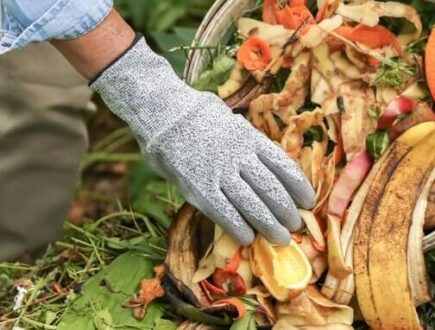
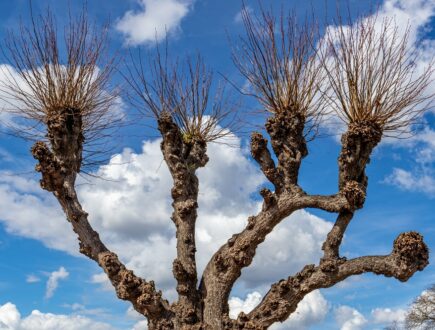
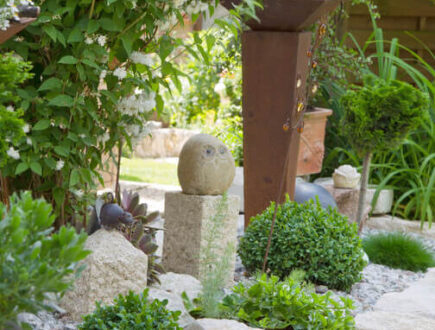
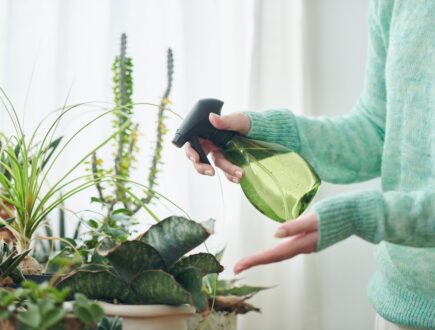
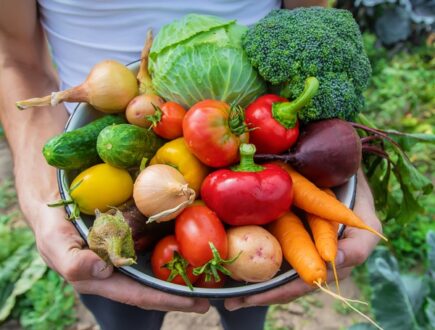

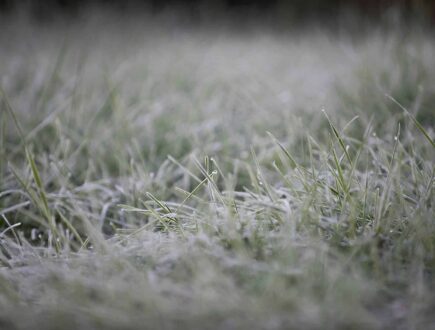










Comments (0)
There are no comments yet. Well then, what are you waiting for to
Be the first to write your comment!inaugurate this pretty page?
Do you have some comments?